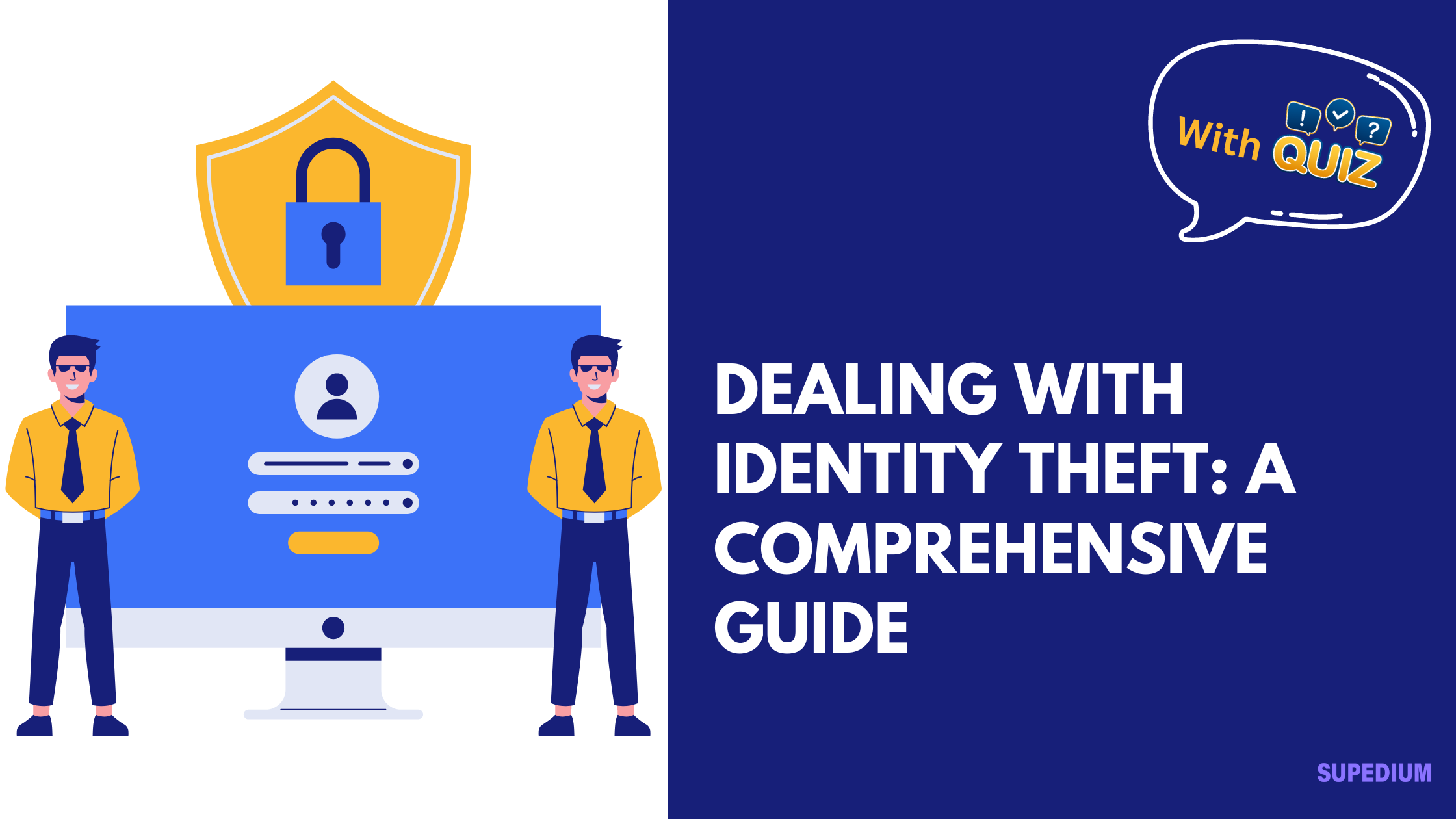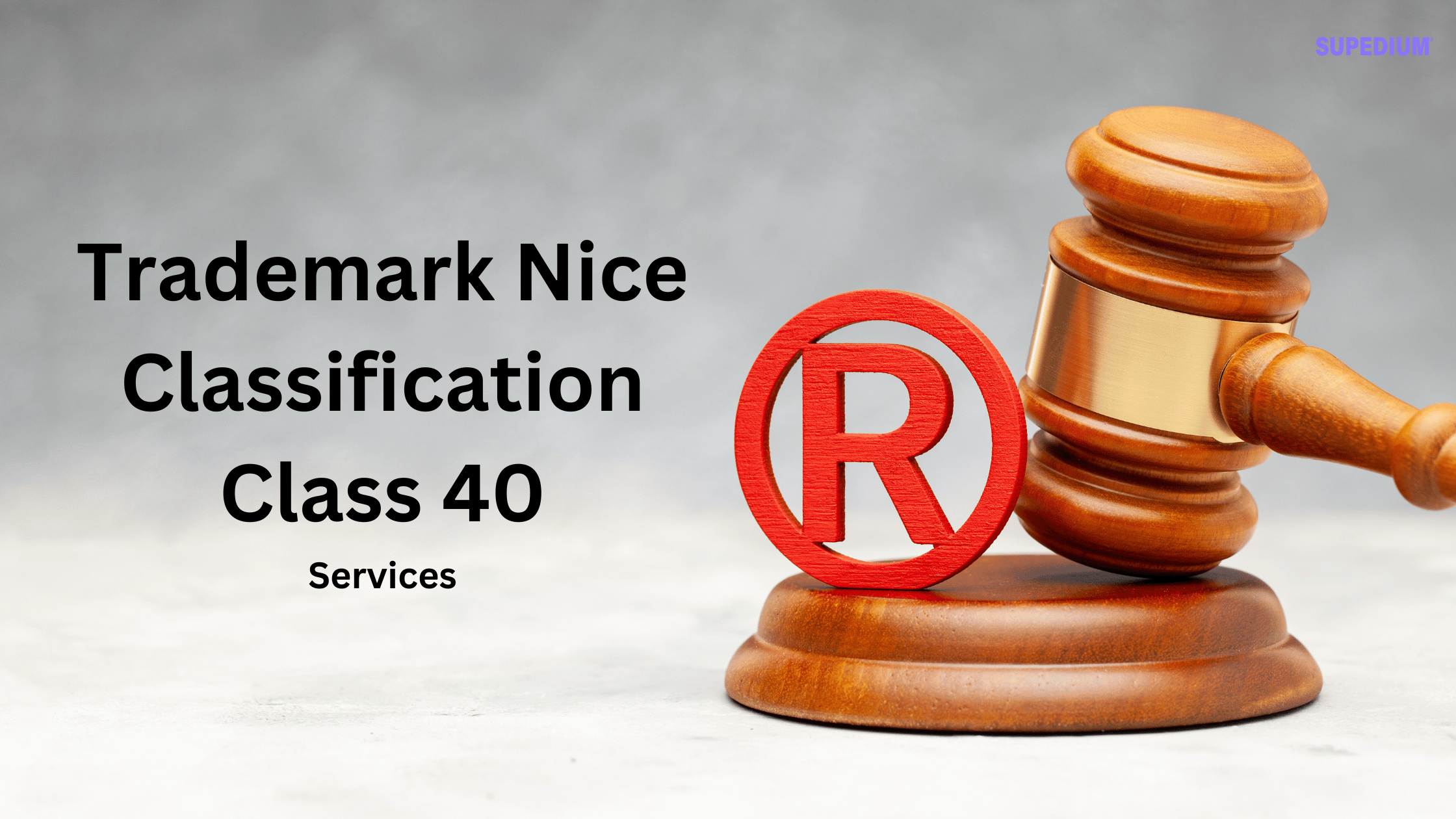Table of Contents
![]()
Identity theft is a growing concern in our digital age, impacting millions of individuals annually. It involves someone illegally obtaining and using another person’s personal information, often for financial gain. Understanding how to prevent, recognize, and respond to identity theft is crucial for protecting your personal and financial well-being. This guide provides a detailed overview of how to manage identity theft effectively.
I. Introduction
Definition of Identity Theft
Identity theft occurs when someone gains unauthorized access to another person’s personal information and uses it fraudulently. This can involve various types, including financial identity theft (such as using someone’s credit card or bank account), medical identity theft (using someone’s health insurance to obtain medical services), and criminal identity theft (using someone’s identity during criminal activities).
Importance of Addressing Identity Theft
Addressing identity theft is vital due to its potential to severely impact individuals’ financial stability and personal lives. Victims may face damaged credit scores, financial losses, and long-lasting emotional distress. Proactively managing and responding to identity theft helps mitigate these risks and facilitates quicker recovery.
II. Prevention Strategies
Protecting Personal Information
- Secure Storage of Documents: Keep sensitive documents, such as Social Security cards, birth certificates, and financial statements, in a locked safe. This prevents unauthorized access and reduces the risk of theft.
- Shredding Sensitive Documents: Before disposing of documents that contain personal information, use a shredder. This prevents identity thieves from retrieving information from discarded documents.
- Avoiding Unnecessary Information Sharing: Be cautious about sharing personal information, especially online. Only provide details to trusted and verified sources, and avoid disclosing sensitive information through unsecured communication channels.
Online Security Measures
- Using Strong, Unique Passwords: Create strong passwords for online accounts, using a mix of letters, numbers, and special characters. Avoid using easily guessable information, such as birthdays or common words.
- Implementing Two-Factor Authentication: Enable two-factor authentication (2FA) on your accounts where available. This adds an extra layer of security by requiring a second form of verification, such as a code sent to your phone.
- Regularly Updating Software and Security Settings: Keep your computer, smartphone, and other devices updated with the latest security patches and software updates. Regular updates help protect against vulnerabilities that could be exploited by thieves.
Monitoring and Alerts
- Setting Up Fraud Alerts with Credit Bureaus: Contact major credit bureaus—Equifax, Experian, and TransUnion—to place a fraud alert on your credit reports. This warns potential creditors to take extra steps to verify your identity before issuing new credit.
- Regularly Checking Credit Reports: Obtain and review your credit reports from all three major credit bureaus at least once a year. Look for any unfamiliar accounts or activities that could indicate identity theft.
- Using Identity Theft Protection Services: Consider enrolling in an identity theft protection service. These services can monitor your personal information, alert you to suspicious activities, and provide assistance if your identity is stolen.
Safe Practices for Digital Communication
- Recognizing Phishing Attempts: Be wary of unsolicited emails, calls, or texts asking for personal information. Verify the source before responding or providing any details.
- Avoiding Unsecured Wi-Fi Networks: Refrain from accessing sensitive accounts or conducting financial transactions over unsecured or public Wi-Fi networks. Use a Virtual Private Network (VPN) for added security if you need to use public Wi-Fi.
- Verifying Legitimacy of Requests: Always confirm the authenticity of any request for personal information by contacting the company or individual directly through a verified phone number or email address.
III. Recognizing Identity Theft
Signs and Symptoms
- Unusual Transactions: Monitor your financial statements for any unfamiliar transactions. Unauthorized or unexpected charges could indicate that your identity has been compromised.
- Unexpected Credit Report Changes: Review your credit reports for new accounts or credit inquiries that you did not initiate. These could be signs that someone is using your information to open new credit accounts.
- Receiving Unfamiliar Bills or Collection Notices: If you receive bills or collection notices for accounts you do not recognize, this may indicate that someone has fraudulently used your identity.
Verification
- Contacting Financial Institutions: If you suspect identity theft, immediately contact your banks, credit card companies, and other financial institutions to report any suspicious activity and request additional security measures.
- Reviewing Credit Reports: Obtain credit reports from all three major credit bureaus. Look for any discrepancies or unfamiliar accounts that need to be addressed.
IV. Immediate Actions to Take if Identity Theft is Suspected
Reporting to Authorities
- Contacting Local Law Enforcement: File a police report with your local law enforcement agency. This report can be useful for resolving disputes with creditors and proving the fraud to other entities.
- Reporting to the Federal Trade Commission (FTC): In the U.S., file a complaint with the FTC at IdentityTheft.gov. The FTC provides resources and guidance for victims and helps in creating an identity theft report.
Notifying Financial Institutions
- Informing Banks and Credit Card Companies: Notify your banks and credit card companies of the identity theft. Request to freeze or close accounts that have been compromised and issue replacement cards or account numbers.
- Cancelling and Replacing Compromised Cards: Immediately cancel any compromised credit or debit cards and request new ones with different numbers to prevent further unauthorized transactions.
Placing Fraud Alerts and Credit Freezes
- Placing a Fraud Alert: Contact major credit bureaus to place a fraud alert on your credit reports. This alert requires creditors to verify your identity before issuing new credit.
- Implementing a Credit Freeze: A credit freeze restricts access to your credit report, making it harder for identity thieves to open new accounts in your name. This can be a temporary or long-term measure depending on your needs.
Correcting the Fraudulent Activity
- Working with Creditors: Collaborate with creditors to dispute fraudulent charges and accounts. Provide them with the necessary documentation and the police report to resolve these issues.
- Updating Personal and Financial Records: Ensure that your personal and financial records are corrected and updated. This may involve correcting errors on your credit report and updating your information with financial institutions.
V. Recovery Steps
Rebuilding Credit
- Monitoring Credit Reports Regularly: Continue to monitor your credit reports for accuracy and address any inaccuracies promptly. Regular monitoring helps ensure that any lingering effects of the theft are addressed.
- Addressing and Disputing Inaccuracies: If you find errors on your credit reports, dispute them with the credit bureaus. Provide evidence and follow up to ensure that the inaccuracies are corrected.
Legal and Financial Support
- Seeking Legal Advice: If needed, consult with a legal professional who specializes in identity theft cases. They can provide guidance on resolving complex issues and protecting your rights.
- Utilizing Support Services: Take advantage of victim support services and resources. Many organizations offer assistance with legal advice, financial counseling, and emotional support.
Emotional and Psychological Impact
- Managing Stress: Identity theft can be emotionally taxing. Practice stress management techniques, such as exercise, meditation, and talking to a mental health professional if needed.
- Seeking Support: If you find the emotional impact overwhelming, consider joining support groups or seeking counseling. Sharing experiences with others who have faced similar issues can be beneficial.
VI. Long-Term Strategies
Ongoing Monitoring
- Continuing to Monitor Financial Statements: Keep a close eye on your financial statements and credit reports. Regular monitoring helps detect any new or continuing fraudulent activities.
- Updating Security Measures: As new threats and technologies emerge, regularly update your security measures. Stay informed about best practices for protecting your personal information.
Educating Yourself and Others
- Staying Informed: Keep up to date with the latest developments in identity theft prevention and security measures. Educate yourself about new threats and protection strategies.
- Sharing Knowledge: Inform friends and family about identity theft prevention and response strategies. Awareness and education can help reduce the risk of identity theft for everyone.
Advocating for Better Protection
- Supporting Policies and Legislation: Advocate for policies and laws that strengthen identity theft protections and enhance consumer rights. Support legislative efforts that aim to improve security and protect individuals.
- Participating in Awareness Programs: Engage in community awareness programs and initiatives that educate the public about identity theft and promote better prevention and response practices.
VII. Conclusion
Recap of Key Points
Identity theft poses a significant risk to individuals’ financial and personal security. Understanding how to prevent, recognize, and respond to identity theft is crucial for safeguarding your identity and minimizing the impact of theft.
Encouragement for Proactive Measures
Taking proactive steps to protect your personal information and staying vigilant can greatly reduce the risk of identity theft. Regular monitoring and prompt action are key to managing and recovering from identity theft effectively.






Be the first to comment